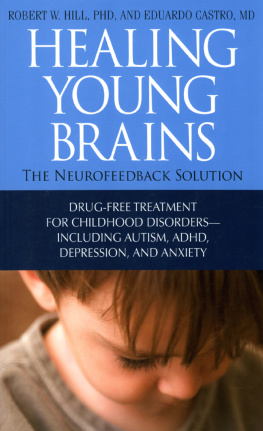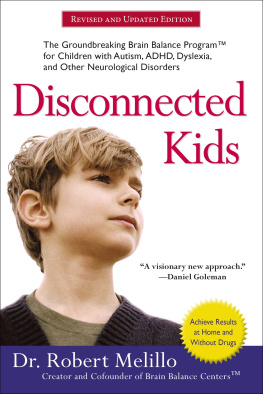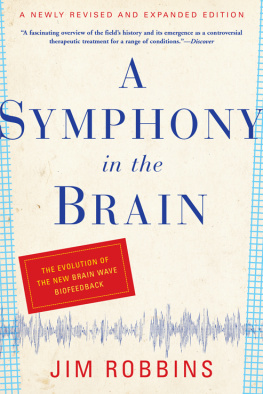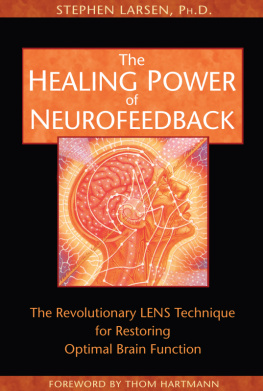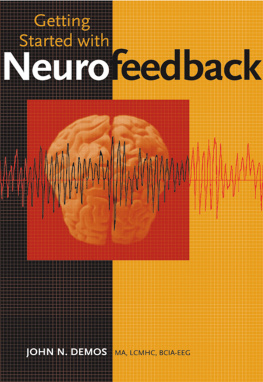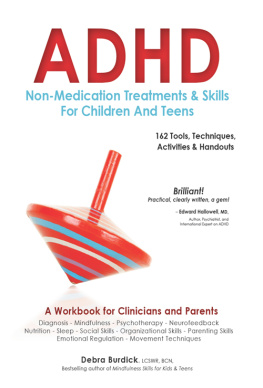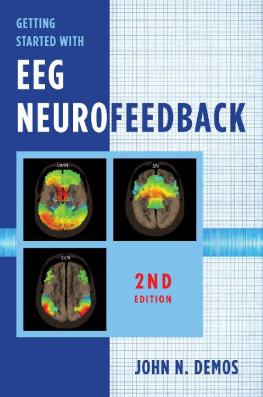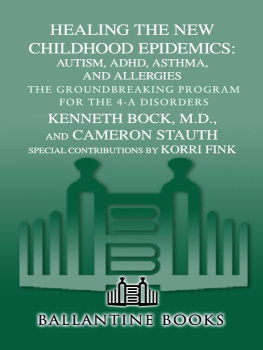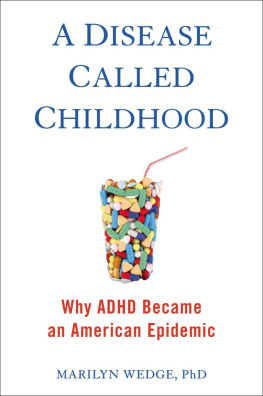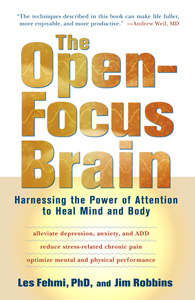AFTERWORD
The Neurofeedback SolutionGetting Started
For those struggling with dysregulation disorders and for parents of children with dysregulation disorders, there are treatment choices other than medications. As we've demonstrated throughout this book, neurofeedback is a safe, natural treatment for dysregulation disorders, and one that addresses the underlying causes. Treatment with neurofeedback commonly leads to significant and far-ranging improvements in all the symptoms of the cluster. After treatment with neurofeedback, most children and adults dramatically reduce the symptoms that brought them into treatment. In addition, those individuals on medication are usually able to decrease their doses of medication or stop taking drugs altogether.
The fact that neurofeedback is not better known or not yet embraced by all health-care providers does not detract from its ability to improve serious and chronic problems. Not all patients demonstrate dramatic improvement, but the majority of those treated gain significant benefits that extend to school or job, health, relationships, and personal life.
We suggest that in addition to reading about neurofeedback, you arrange to talk with neurofeedback practitioners, with people who have been treated, and with parents of children who were treated more than a year ago. Though such evidence may be considered anecdotal, the genuine enthusiasm you will hear is often an important intangible. This enthusiasm has a distinct character that results from experiencing or witnessing an important, authentic outcome. It is unlike the brief cheerfulness that a placebo provides. We have provided websites that will allow you to find neurofeedback providers in your area.
Be cautious of clinicians who are unfamiliar with neurofeedback yet claim that it has not been proven effective. It is effective and there is research to back up this claim. Though neurofeedback uses rigorous scientific methods as much as possible, it is an evidence-based, outcome-based treatment modality. There is a wealth of evidence and outcome data that supports neurofeedback's safety and effectiveness. Do not blame your doctor if he or she is completely unaware of the documented evidence concerning neurofeedback. No one can keep abreast of everything in the journals. For the most part, it is an overwhelming task for doctors to stay up with all the research that is presented to them. Those of us who have learned about, studied, and practice neurofeedback feel fortunate, as it has more often been by chance encounters that physicians and psychologists became aware of this powerful treatment.
Though this book is intended primarily to introduce you to neurofeedback, another important purpose is to relay our belief that the optimal treatment for dysregulation disorders is not as simple as taking a pill. All treatment for dysregulation disorders should consist of a wider strategy that seeks to improve brain functioning. So we include proper nutrition and freedom from toxic substances in our protocols. The combination will help support optimal brain activity in anyone. Providing good nutrition for their children seems like such an uphill battle for so many of the parents who come to our clinic, so we suggest a gradual change in diet patterns rather than an overnight transition. Let's face it, children like junk food and don't like fresh raw veggies. We build on success and we do it a day at a time.
A careful evaluation of possible toxicity should be considered for anyone with possible exposure to harmful chemicals. There have been occasions when detoxification made the neurofeedback training work much better. Sometimes we have to get the junk out before we can change the brain.
Possible exposures include frequent courses of antibiotics, prednisone, nonsteroidal antiinflammatories, or acid blockers; the presence of silver fillings in the mouth; unwanted chemicals in the water supply; proximity to industrial fumes or engine exhausts; pesticide/herbicide spraying; or mold-resistant paints. The list is actually much longer, but these are among the more common sources.
Neurofeedback, optimal nutrition, heavy metal detoxification, and yeast treatment are only a few of the many safe and effective methods now approaching mainstream medicine. The huge upsurge of interest in and the utilization of alternative forms of treatment for a wide range of diseases is an indication of the benefits many are realizing. The growth of alternative approaches has probably been more the result of heartfelt testimonials to friends and relatives than from the dissemination of the scientific studies that have been done.
Given this, there are two reasons for not waiting for more conclusive findings before considering an alternative treatment. The first is that many natural or unpatentable treatments will likely never be conclusively studied due to the enormous amount of money required to perform such studies. The money spent on large studies is an investment, and like any investment, it is intended to produce profits. This requires that treatments be patentable.
The second reason is that many of the alternative treatments are safe and support healthy, normal body functioning. They are often good for you, whether or not they help reduce the symptoms. Those of us who have neurofeedback equipment use it routinely on ourselves and our families to promote healthy brain function.
For those of us who use neurofeedback in our clinical practices, there is seldom anything as gratifying as the consistent and dramatic improvements in our patients lives. Certainly, the most poignant moments for us are when parents, after seeing their children's lives restored, talk about the anguish and heartache they lived with for so many years. Many tell us about having feared that their children would never come close to realizing their potential, and would go on to live lives of disappointment, self-doubt, and loneliness. Often, parents tell us about experiencing a moment that reveals to them in no uncertain terms the extent of the changes that neurofeedback has helped bring about in their child's life.
The father of a seven-year-old boy said simply, solemnly, Robbie was invited to a birthday party. Although this might seem routine to many parents, for Robbie's father it symbolized that his son's tormented journey was ending and a new life was beginning.
Here's another example. The mother of a fourteen-year-old girl called to describe how, months after her daughter's treatment was completed, she opened the medicine cabinet looking for an eyedropper and found herself face-to-face with three shelves of medications Brandi had taken for years. They were mostly pain medications for her headaches, but there were also stimulants, tranquilizers, and sleeping pills. She told us when she realized that Brandi had not had a pill of any kind in more than six months, she stood in front of that medicine cabinet and wept.
Witnessing the relief and gratitude of the parents of the children we treat is a gift and brings home the realization of what a privilege it is to be able to offer such a hopeful, effective solution to so many people.
Our memories of patients we have treated are rich with snapshots of their successes that they have recounted to us over the years:
- Kerri, a personable teenager, was an aggressive point guard on her high school basketball team, but was suspended from the team due to academic failures. The next season, after intensive neurofeedback treatment over the summer, not only did her grades improve, but she also became a better player. She felt her court vision improved and her coach reported that she was able to remember and execute more complex tactics. She is now in her junior year of college, majoring in law enforcement, with plans to become an FBI agent.

